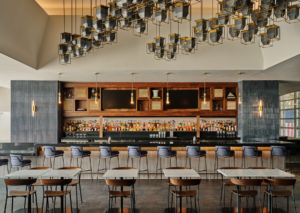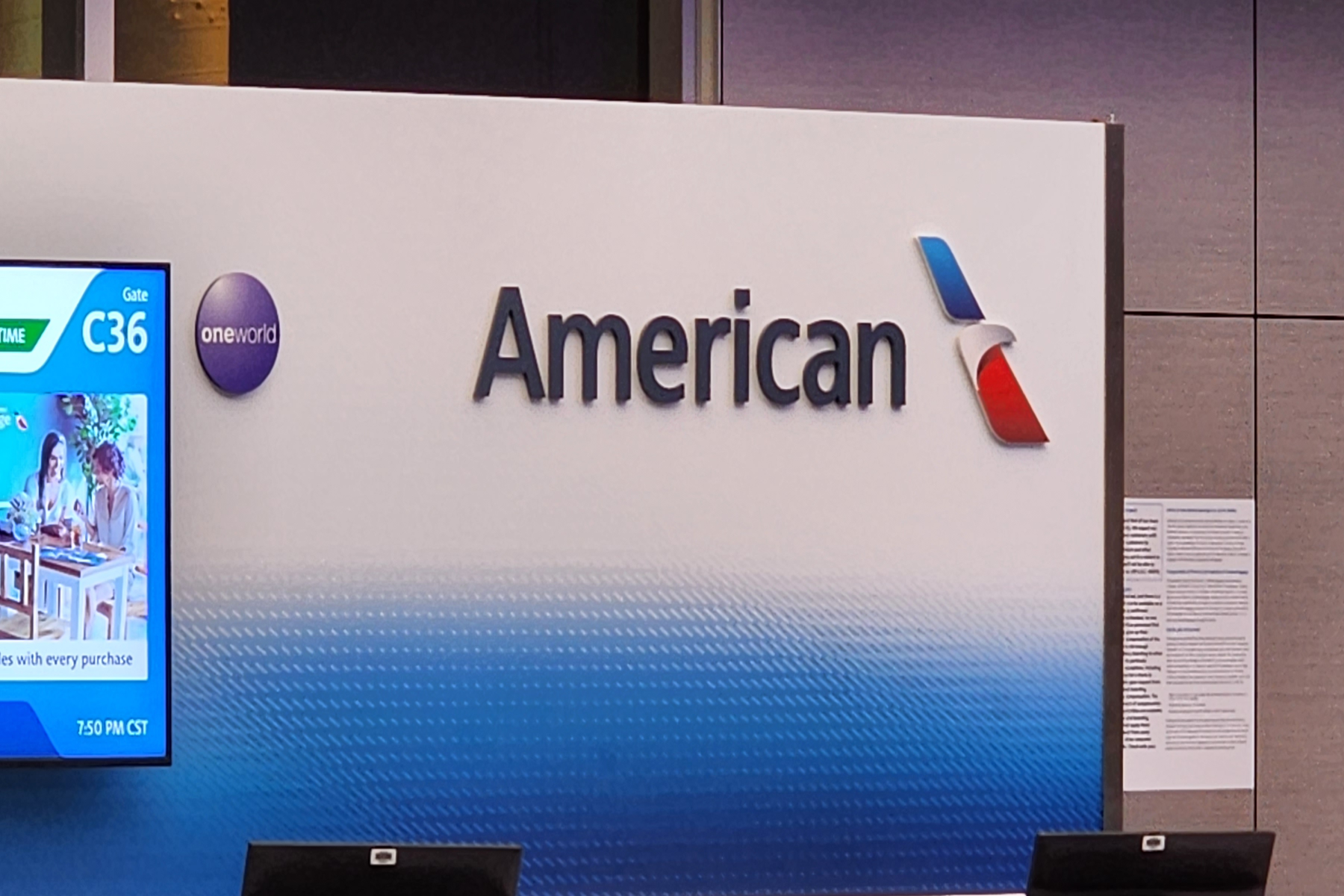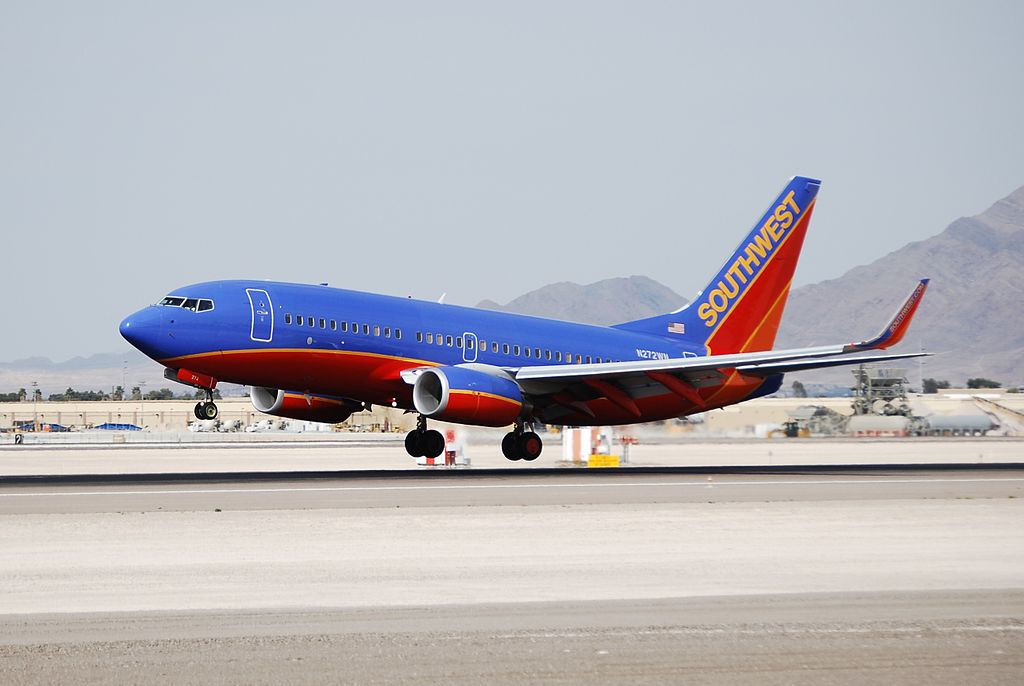German Designer Imagines New Cabin Interior That Would Simplify Boarding Process

In contrast to the shape of conventional cabin interiors, Ugur Ipek’s CIGAR design features tapering aisles and a central boarding point.
Generally awkward and sometimes downright stressful, the process of boarding an aircraft is unlikely to be the highlight of any traveler’s journey. But, thanks to the childhood inspiration of transport designer Ugur Ipek, the future of boarding need not be so unpleasant.
Ipek, of Germany’s Ugur Ipek Design, believes the stressful ordeal of getting on a plane is connected to the shape of cabin interiors. In contrast to the conventional cylindrical shape, Ipek’s design — the CIGAR modular concept — features aisles that taper toward the tail and the cockpit, leaving them widest at the center of the aircraft where passengers would board.
Ipek believes that the combination of narrowing aisles and a central boarding point would leave enough space for those seated furthest from the entry to move past travelers whose seats are located closer to the entry. The idea is that there is less demand to get to the seats located at either end of the plane and, therefore, smaller aisles would be less of a problem.
The central boarding feature also boasts a double door entry to aid passenger flow. However, as Ipek explains, there are some concerns with this part of CIGAR. “The main issue creating a big door is the weakening of the structure of the pressurized tube,” the designer told Skift.
Despite this potential drawback, Ipek believes CIGAR would save money on aircraft development, manufacturing and maintenance. The large center of the aircraft has also received praise from engineers, and the wide central aisle could be used as a bar or duty-free shop, which would allow carriers to expand their revenue stream.
While the design sounds futuristic, CIGAR takes a nod from the past — more specifically, from Ipek’s childhood in Istanbul. Inspired by the city’s old town, Ipek took the simple, strong construction methods used in Istanbul’s old bridges and its famous Hagia Sophia and applied them to a modern jetliner.
[Photo: Ugur Ipek Design]

























Still, if aisle is narrowed down to current standards, having an entry to go left or right seems efficient in my opinion. Less likely you were be rushed by someone in the back row trying to claw his way through 5 feet of open space.....lol
Simple. Once the passengers have boarded, set up folding chairs in the extra aisle space.
more space inside would be used by airlines to bring CASH for themselves, not less stress for passengers for the, what, TEN MINUTE experience of boarding? This guy who has "invented" this new boarding process is very naive. Really dumb idea that will never fly.
It's never going to happen because they don't want to waste the space. It's also not going to work--people aren't a fluid that simply flows slower in a narrower space. The flow rate takes a dramatic drop when we move from two abreast to one abreast. An aisle that's 1.5 wide is no more useful than one that's 1 wide.
In addition to all the other problems mentioned, what happens to the seats in the rows in the middle where the aisle is wider? In the mocked up image, it shows 3 x 3 seating throughout. Now I'll admit, I'm no physicist, but even as a laymen, it seems to me the only way that could work is to make the seats in the middle rows, where the aisle is wider, narrower (or leave a bunch of space empty). Of course, the airlines might not mind that...they can charge extra for the wider seats. For the passengers though....